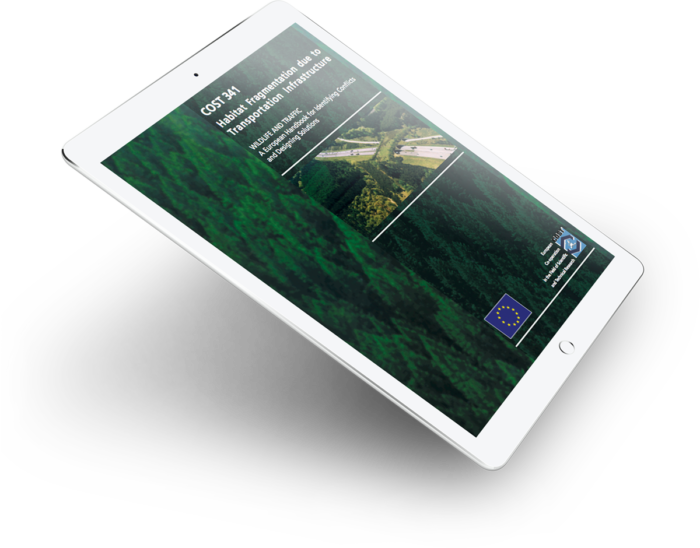While transport infrastructure has a direct impact on biodiversity, these same infrastructures are also affected by the environmental/climate crisis. To face these challenges, Europe must adapt its existing infrastructures to new climatic conditions (floods, droughts, wildfire, etc.) and implement innovative and sustainable solutions to reduce the impact of invasive species and combat the decline of native species and the fragmentation of ecosystems. At the same time, the sharp increase in the development of 3 new transport infrastructures, particularly in Eastern Europe, must support economic development while paying attention to biodiversity in general and, particularly, to local, often endemic, biodiversity. These complex issues cannot be addressed without research and innovation, both in the field of biodiversity and infrastructure.
The Infrastructure and Ecology Network Europe (IENE) was set up in 1996 to address this need. Its mission is to promote well-established cooperation between practitioners, the exchange of knowledge, experience and best practice in safe and sustainable pan-European transport infrastructure. This independent network has more than 400 members consisting of researchers, engineers, decision makers, and infrastructure operators. IENE functions as an international and interdisciplinary forum. It supports cross-border cooperation in research, mitigation, planning, design, construction and maintenance in the field of biodiversity and transport infrastructure.
Every two years, the IENE network organises an international conference to present state-of-the-art research, identify pressing issues and problems, discuss effective
solutions, and define future activities in the field of biodiversity research and transport
infrastructure.
The theme of the IENE 2022 conference is “Connecting people, connecting landscapes”. This conference aims to draw up an assessment, in order to answer the following questions:
– What is the state of play after more than 25 years of transport ecology and what are the next strategic actions needed?
– In practice, what works and what doesn’t work to harmonise transport and biodiversity?
– Like any complex issue, landscape connectivity requires multi-sectoral cooperation. How can we break down the silos?
Focus on
Handbook Wildlife Traffic
A European Handbook for Identifying Conflicts and Designing Solutions
Have a look
Hosting organisation
IENE Executive Secretariat
FEHRL – Forum of European National
Highway Research Laboratories in Brussels
Square de Meeûs, 35
1000 Brussels – Belgium
Members & membership
Information